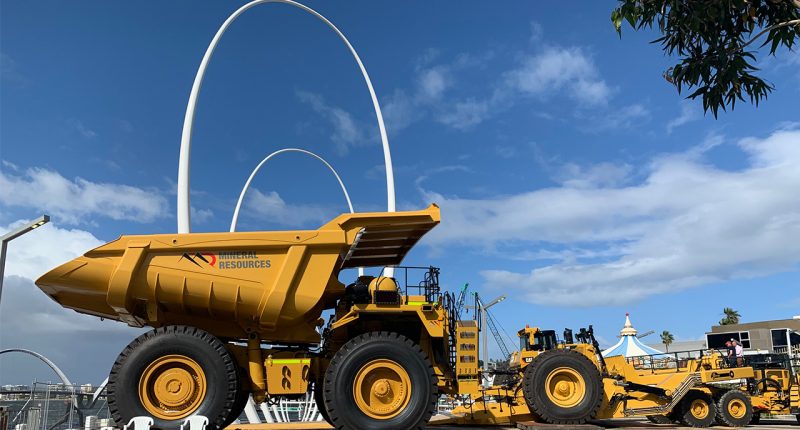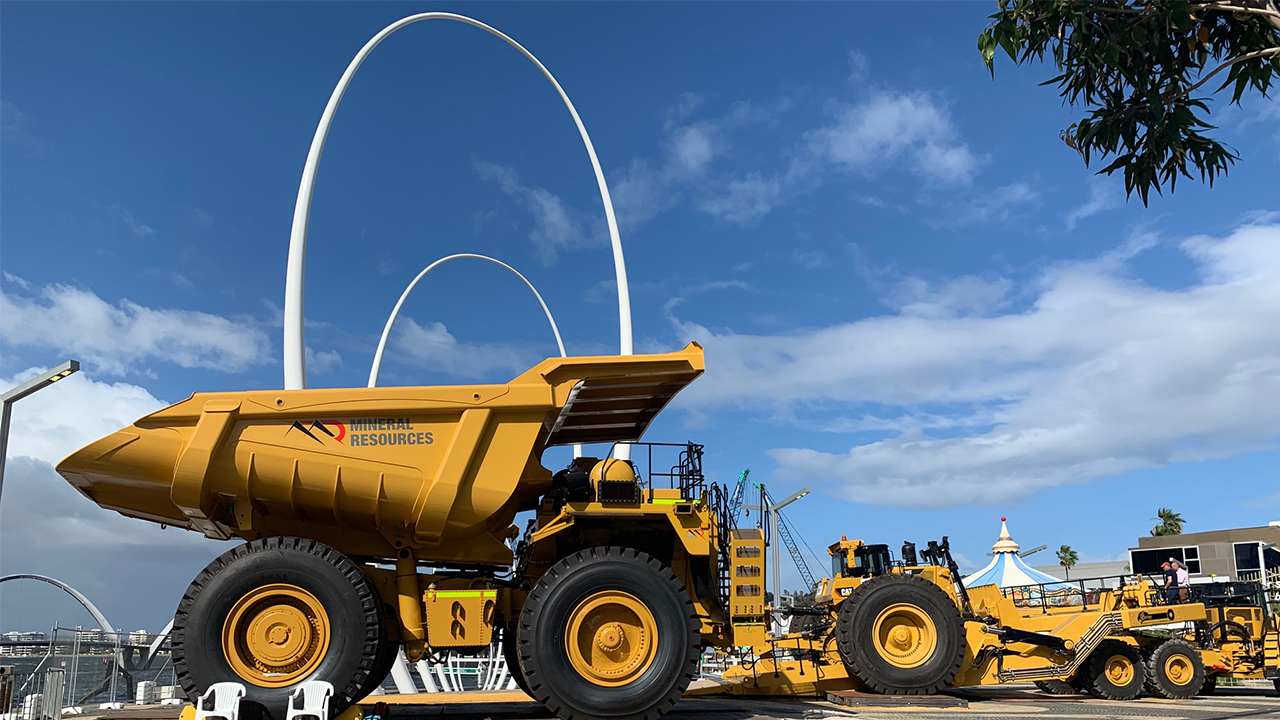- Western Australia’s resources sector has continued to prop up the Australian economy in the face of COVID-19, Chinese trade tensions, and unprecedented government stimulus
- Latest figures from the Department of Mines, Industry, Regulation and Safety show a record year for WA exports over 2019-2020
- WA’s resources sector pulled in a record $172 billion in sales, mostly driven by iron ore, which accounted for $103 billion of all sales
- Gold hit its own sales record, with $16 billion worth of the precious metal sold over the year
- According to Mines and Petroleum Minister Johnston, investment into the WA resources sector remains strong, with more than $100 billion worth of projects in the pipeline
- China was the state’s biggest trading partner, accounting for $98.3 billion worth of export revenue
- Overall, Australia’s resource exports have doubled over the past decade
Western Australia’s resources sector has continued to prop up the Australian economy in the face of COVID-19, Chinese trade tensions, and unprecedented government stimulus.
The 2019-2020 mining stats from the Department of Mines, Industry, Regulation and Safety were revealed today, showing record figures across the country’s biggest mining state.
Over the year, WA’s resources sector pulled in a record $172 billion in sales.
Iron ore still king
WA’s export revenue was mostly driven by iron ore, of which the state sold $103 billion. Near-record sales volumes were supported by an eight-year-high price of the metal.
Gold sales hit their own record, raking $16 billion in for Australia thanks to gold’s record high price at the peak of the pandemic.
As for the energy sector, oil sales still hit $2.6 billion despite the severe fall in the price of oil when the pandemic struck and the price of West Texas Intermediate (WTI) went negative for the first time in history.
Nickel sales reached $3.1 billion — the highest level since 2014-2015.
Underpinning all mining exports was a weaker Australian dollar over the year, amplifying the already-high price of many of the metals.
Mines and Petroleum Minister Bill Johnston said WA’s resource sector put on an “outstanding performance” over the year despite the global challenges of 2020.
“With our impressive range of critical and battery minerals, advanced mining expertise and leading-edge technology, WA is the perfect destination for global resources investment,” Minister Johnston said.
“While our resource exports continue to power our economy, it is especially pleasing to see the State’s downstream processing space continuing to grow.”
Importantly, WA’s resources sector provided over 135,000 jobs over 2019-2020. This is particularly pertinent in light of the coronavirus pandemic which unexpectedly threw thousands of Australians out of work as businesses were forced to close down.
According to Minister Johnston, investment into the WA resources sector remains strong, with more than $100 billion worth of projects in the pipeline.
A global mining beacon
This may come as no surprise given that WA is the world’s biggest supplier of iron ore, lithium, and garment, and the second-largest exporter of liquified natural gas (LNG), diamonds, and alumina. The state is also a top-five exporter of cobalt, gold, rare earth elements (REEs), and Zircon.
Compared to the rest of the nation, WA copped almost $19 billion of the $35 billion invested into Australian mining — around 54 per cent of all investment.
Further, despite the recent tension between Beijing and Canberra, China remained Australia’s biggest trading partner over 2019-2020. The eastern giant accounted for more than half of all total exports from WA, with $98.3 billion worth of materials purchased from China.
Japan was WA’s second-biggest export market, though the value of total exports to Japan slipped slightly to $22.5 billion compared to the $24.1 billion the year before.
Overall, Australia’s resource exports have doubled over the past decade, with the nation’s resource sector accounting for 76 per cent of total Australian export revenue in 2019-2020.








